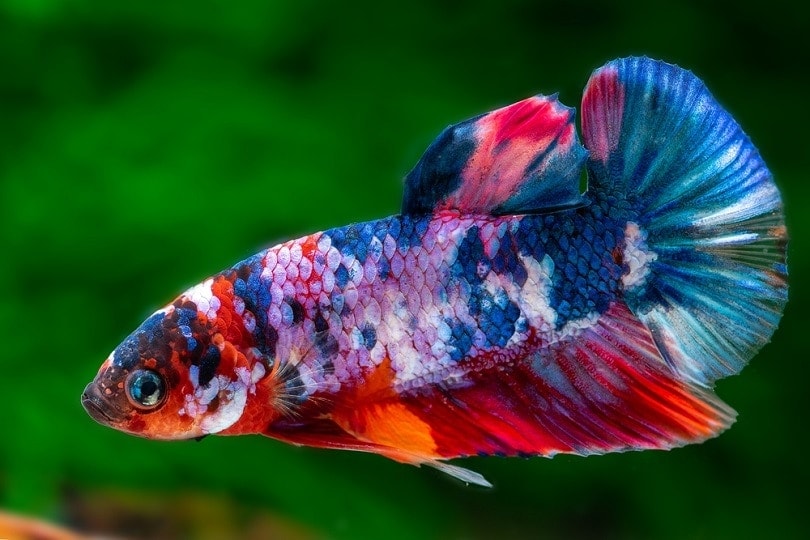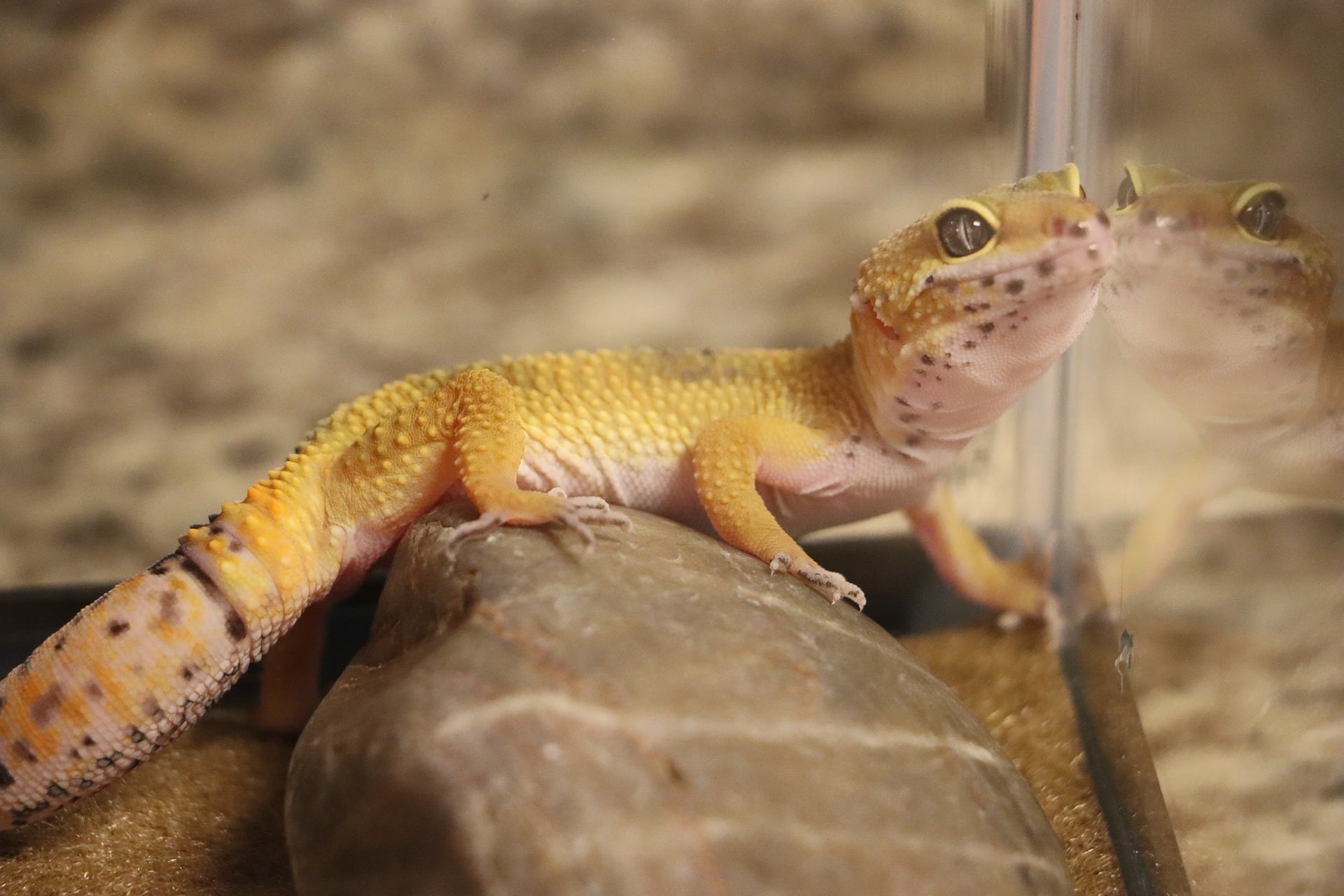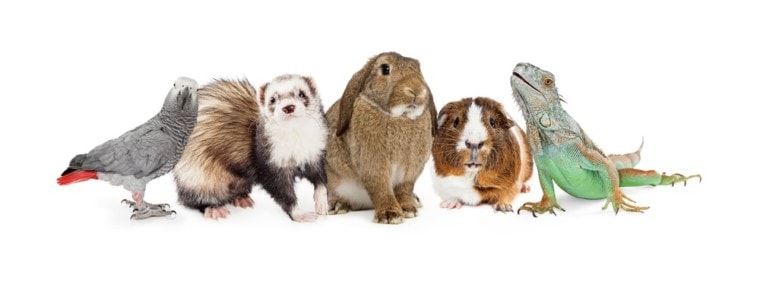
Caring for pets has its ups and downs, but animals’ positive impact on our lives makes us forget about any difficulties. For most pet owners, the bond between owner and animal is cherished. Living without lovable creatures is not an option, but you can modify your routine and buying habits to make pet ownership eco-friendlier and more sustainable. Using environmentally-friendly methods to care for your pet may seem time-consuming and challenging at first, but in doing so, you’ll benefit the environment and your loyal furball.
 The Environmental Impact of Owning Pets
The Environmental Impact of Owning Pets
Although picking up a bag of food for your dog or cat is part of everyday life, the purchase’s effect on the environment is significant when considering the millions of people in the United States and other countries making the same purchase. In the United States, only 56% of U.S. households in 1988 had pets, but as of this year, over 70% of U.S. homes have pets. As pet ownership increased over the years, so have expenditures on pet food, toys, veterinary visits, and other pet-related services. Manufacturing and delivering pet products impact the environment, but the pet food industry’s carbon footprint is a more significant concern.
The United States has over 163 million dogs and cats. These animals are responsible for 25 to 30% of the environmental impact from processing and consuming meat. Premium pet foods with meat-heavy recipes have become more popular, and the trend has benefited farmers and industry executives. However, the consequences threaten the stability and health of the environment. How do you reduce your carbon footprint and keep your pet well-fed and healthy? We’ll show you how with these ten steps.
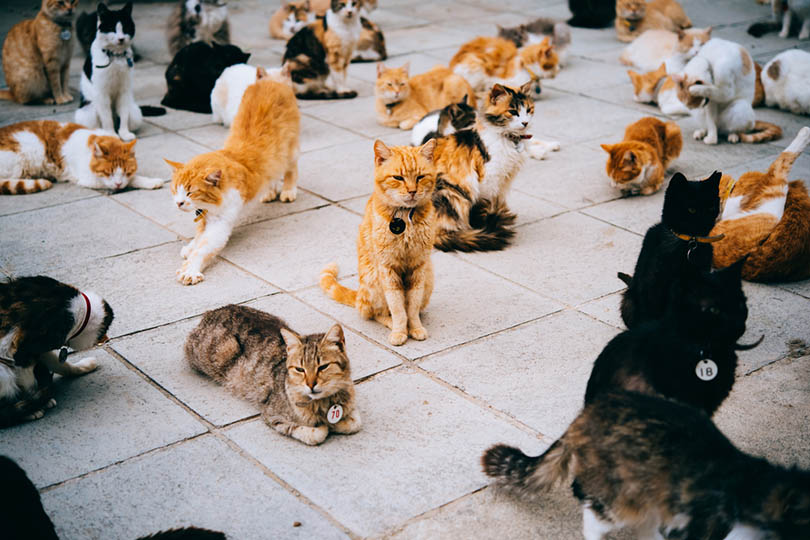
The 10 Steps Towards Eco-Friendly & Sustainable Pet Ownership
1. Spaying or Neutering Your Pet
Although high rates of pet ownership highlight the world’s love of animals, it also increases the feral populations of dogs and cats. Releasing unfixed pets and allowing animals to roam freely may seem humane to some pet owners, but these habits have led to overpopulation. Having your pet fixed has several medical benefits, and it helps reduce the number of wild pets born. Fixed cats and dogs are less likely to mark their territory than unaltered animals, and spayed and neutered animals enjoy longer lifespans. Fewer trips to the vet’s office conserve fossil fuels and improve air quality. Some of the medical benefits of fixing your pet include a reduced risk of obesity and cancer. Community spay and neuter programs can also help curb the mating habits of feral animals.
2. Purchase Sustainable Pet Food
More pet owners are concerned with the quality of their animals’ food than in previous years, and the increased interest in healthier options has created an explosion of premium pet food producers. Human-grade meat and vegetables were once only for homo sapiens, but cattle, poultry, and other farm animals are increasingly being processed for pet food. If you want to purchase sustainable pet food, it’s vital to research the pet food companies to ensure their practices are eco-friendly.
Private pet food companies are typically more transparent about their sourcing and processing techniques, and you can support a local producer or one that makes food in the same country to reduce the environmental cost of transportation. Fresh food and raw meat delivery services are excellent options because they only deliver to the United States, and most use U.S. meat and vegetables.
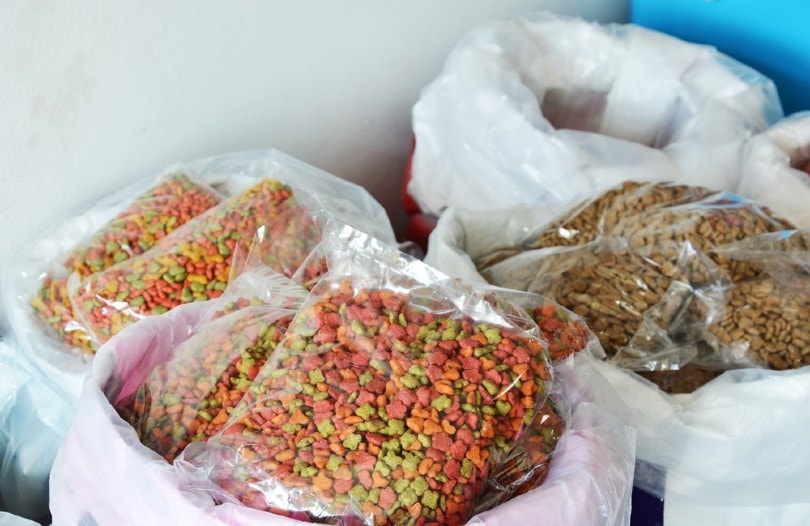
3. Resist Overfeeding Your Pet
In 2018, the New York Times published a report on obese pets and found that 60% of cats and 56% of dogs in the United States were overweight. Overfeeding is unhealthy for pets, and it puts a strain on meat producers and pet food makers. When you only buy what you need to keep your dog or cat healthy, you save money on food purchases and vet bills and ensure your pet enjoys a longer life. If your furball is tipping the scales, you can speak with your veterinarian about diet options and fitness changes to help the animal lose weight.
4. Keep Pet Waste in the Garbage
A large population of pets makes a substantial amount of waste. American pets produce as much feces as 90 million humans, and most of those 5.1 million tons of poop are wrapped in plastic bags and thrown into a landfill. Dog and cat waste cannot be composted for vegetable gardens, but it can be disposed of in biodegradable bags so it can decompose quicker. Leaving piles of feces in your yard can contaminate groundwater and make your outdoor environment less pleasant. Fecal matter can also contain worms and other parasites that can infect other animals. Removing waste promptly and disposing of it in eco-friendly bags benefits your neighborhood, pets, and the natural world.

5. Clean Your Yard to Keep Wildlife Away
How can cleaning your yard help the environment? A clean property is less likely to attract raccoons, rodents, coyotes, feral animals, and neighborhood pets. Wildlife can harm or kill your pet, but the animals can also spread disease and parasites. Visiting a veterinarian for your pet’s wild animal bite or infection increases your carbon footprint and decreases the funds in your bank account.
6. Buy Eco-Friendly Pet Toys
Dogs and cats love toys that keep them mentally stimulated and physically fit. Pet toys are necessary expenses, but some products are quickly thrown away after becoming worn out or damaged. Some animals are more destructive than others, but you can look for premium, sustainable pet products that withstand abuse for several years. Numerous pet products are available online for a few dollars, but many may only last for weeks or months.
Eco-friendly pet products made from recycled materials may cost more than disposable toys, but the price difference is not substantial. You can also repurpose old clothes or pet-safe kid toys to reduce waste. An old sweatshirt can become a tug-of-war toy for your dog. A collection of unused tennis balls from your child’s forgotten obsession with becoming a tennis star can entertain your dog instead of ending up in the trash.

7. Make Homemade Treats
Treats are essential for training and rewarding your pet, but some are loaded with preservatives, sodium, artificial colors, and unnecessary fillers. The premium brands with higher-quality meat sources that use fewer ingredients are a healthier alternative to cheap snacks, but they’re becoming as expensive as top-of-the-line pet food. You can have more control over your furball’s nutrition and reduce waste by making pet treats in your kitchen.
Although homemade treats are cost-effective, some recipes are just as complex as gourmet cuisine. However, you can use some of the same products for your family and pets. For instance, you can set aside some unseasoned beef for your dog and dehydrate it separately from the seasoned strips intended for your family or grill a strip of plain chicken when you’re cooking barbecue for your crew. Before serving homemade treats, check with your vet to ensure the food is safe.
8. Use Eco-Friendly Cleaning Products
Many of the cleaning and bathing products you use for your pets can be replaced with eco-friendly brands. You can find biodegradable pet wipes, environmentally-friendly cat litter, and natural shampoo and cleaning products to minimize your impact on the environment. Some of the odor and stain removing cleaners contain harsh chemicals in non-recyclable bottles, but you can replace them with natural, homemade formulas. Instead of using a caustic carpet cleaner, use vinegar and baking soda recipes to remove odors and stains.
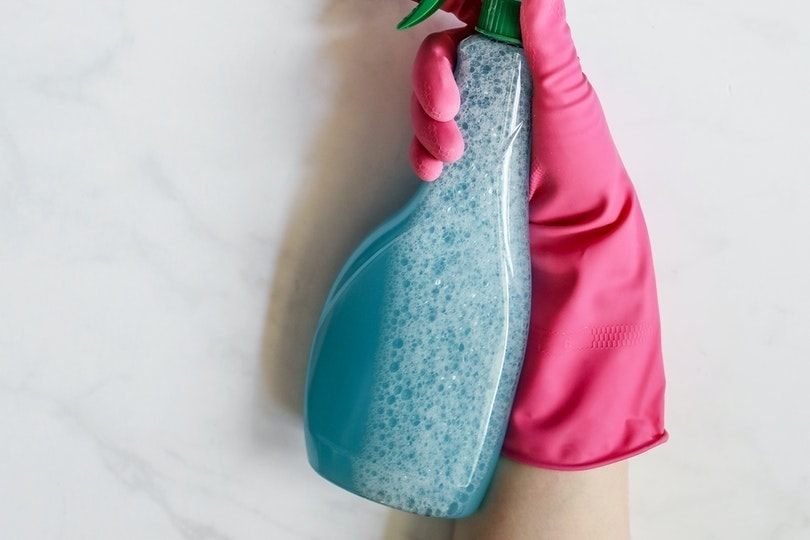
9. Adopt a Pet Instead of Going to a Breeder
Animal shelters in the United States and the U.K. saw a brief drop in new arrivals when more people adopted pets during lockdowns and travel restrictions. However, as more people returned to work and began traveling, many adopted pets were abandoned or returned to shelters. Adopting a shelter animal alleviates overcrowding and reduces the number of euthanized pets.
If you look online for yearly euthanasia statistics, the figures are shocking. However, the 1.5 million dogs and cats euthanized each year is not as horrendous as the figures from the 1970s. In 1970, an estimated 15 million pets were put to sleep. Rescuing an animal from cramped cages and almost certain death can brighten your life and give a lonely animal the chance to live without fear.
10. Visit Local Pet Stores
Ordering online is convenient and affordable, but many of the pet products you purchase make a long journey to your home. Long delivery trips introduce more carbon dioxide into the atmosphere from merchant ships, aircraft, and vehicles delivering the product to your home. You can lower carbon emissions by visiting your local pet shop for supplies. If you have a safe route to the business, ride your bike instead of driving to reduce your impact further.
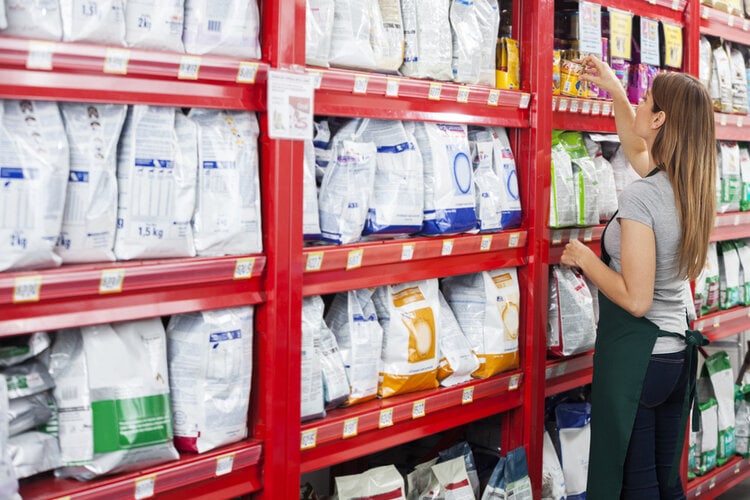
 Conclusion
Conclusion
Online deliveries have made our lives much easier, but they have also led to an increase in the vehicles used in the air, land, and water to deliver the goods. Reducing your environmental impact involves making sustainable purchases and choosing brands with eco-friendly values and practices. Your pet deserves the best care and products, but you can keep your furball happy and protect the planet simultaneously.
- You Might Also Be Interested In: 11 Best Eco-Friendly & Sustainable Dog Foods
Featured Image Credit: Susan Schmitz, Shutterstock

 The Environmental Impact of Owning Pets
The Environmental Impact of Owning Pets
